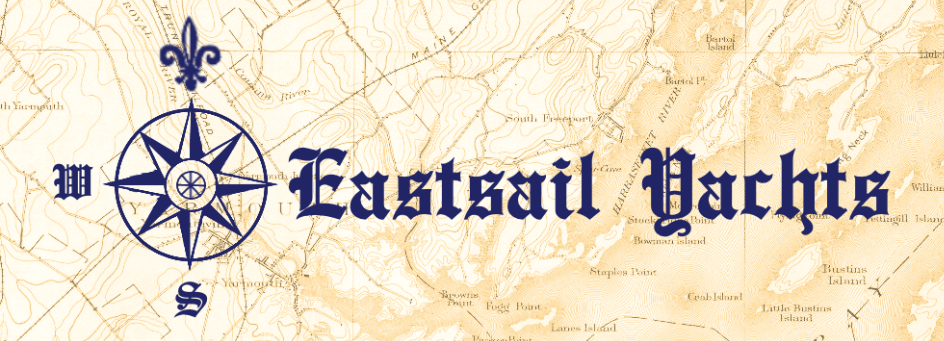Eliot Spalding, N.A. – Eastsail Yachts In-House Naval Architect
Eliot has continued to be Eastsail’s only Naval Architect assisting in several ways other than our newer designs. His designs showcase the New England heritage and American type of traditional design that is our goal. To learn more about Eliot Spalding, please check our Designer and Design page.
Brion Rieff – Builder of Eastsail Yachts
Brion is the perfect builder in the detail and imagination he puts into his finish work. His ability to design helps in interpreting and building Eliot Spaulding’s drawings to the completed stage. Because of his extensive construction and sailing experience, he also consults and assists in our brokerage department. Please contact Brion at Brion Rieff Boat Builders, Inc. (855) 481-4768.
William Richey – Director of Operations
Bill is a lifetime boater. Like many he started with a smaller sailboat graduating to a 40 footer that he took many voyages in. Having worked his way up to middle-higher management in a national sales organization he received significant business training. In 2000 he became a management consultant. His sailing experience coupled with his business acumen has been of significant benefit to our business plan and operations.
Gerry Newcombe – Principal
Nadine Ferrero – Administrative Assistant
Specializing in World Class Pocket Cruisers.
After two years of research, study, and surveys this is what was learned. Scandinavia has their folk boat, England has their Virtue and the United States has no small pocket cruiser.
Sailors wanted a good sailing boat, sea kindly and one that could be sailed anywhere in the world, should they need to set out. Their mates wanted full head room, enclosed head, and two separate compartments. Some liked an inboard diesel, some were fed up and wanted a hidden outboard, not one hanging off the stern. Some were very experienced sailors and were downgrading, for all of the obvious reasons. Some had boats but wanted a real sea boat because they didn’t http://www.ourhealthissues.com/product-category/hair-loss/ feel comfortable going offshore with their present one.
The big boats cost big money and all good boats cost more than they should or is expected. We learned that the smallest boat to do this, in many experienced opinions, was no less than 25 feet with a waterline in excess of 20 feet and displacement in excess of 3 tons. A shallow draft boat was favored in the Chesapeake area as well as south, and the minimum draft of a boat that sailed well appeared to be the answer. The Cutter rig was favored by offshore sailors as well as an outboard rudder for several reasons. Adequate sail area was the final criteria, as the average wind appeared to be in the short range, and those surveyed favored a traditional design versus a modern one.
tHESE WERE THE GENERAL GUIDELINES THAT WE CAME UP WITH. AFTER TAKING THESE GUIDELINES TO A NUMBER OF DESIGN FIRMS AND DISCUSSING THEM WITH MANY RESPECTED SAILING AFICIONADOS, THE RESULT WAS THE OFFSHORE 25. IT IS EXTREMELY DIFFICULT TO FIT THESE REQUIREMENTS INTO A 25 FOOT HULL AND STILL HAVE A GOOD SAILING BOAT. CREATING A ROOMY INTERIOR WITHIN THESE RESTRAINTS BECOMES VERY HARD CONSIDERING THAT YOU ARE TRYING TO DESIGN THE SAME SYSTEMS FROM A 30 FOOTER INTO A 25 FOOT VESSEL.
Generally a builder can not make a profit with smaller boats, which is why there are very few 25 foot blue water pocket cruisers. Taking all this into consideration any pocket cruiser is a compromise. We didn’t agree that it had to be much of one, thus Eastsail was born. Everyone said that it couldn’t be done, but here they are, pocket cruisers of traditional lines carrying a full keel and full headroom, designed for the long voyage. Compare our specifications, pictures, testimonials, and comments to any 23 to 26 foot cruiser and judge for yourself!
